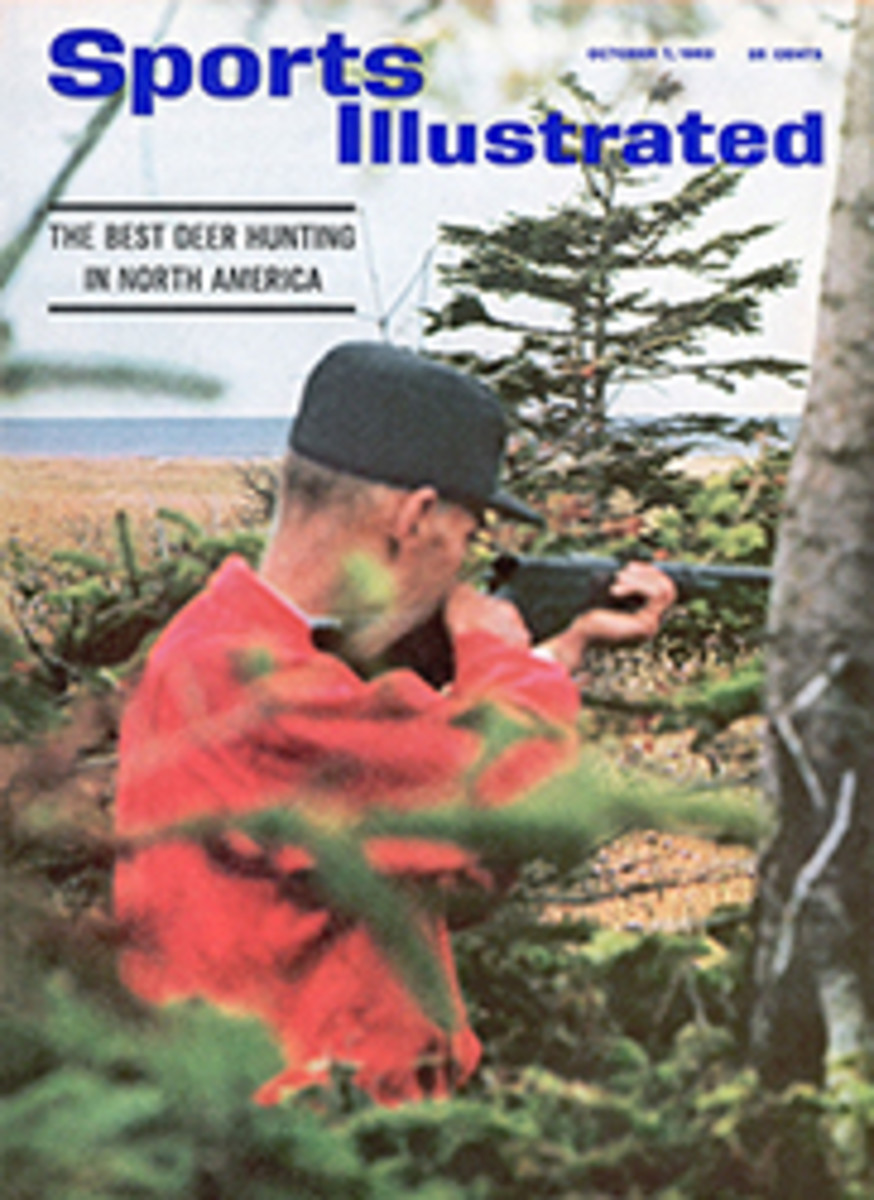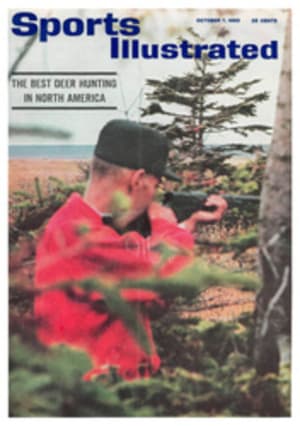
Bright Night in Brooklyn
A noisy crowd of close to 40,000 people squeezed into Ebbets Field on June 15, 1938 to watch the first night game ever to be played in Brooklyn. Larry MacPhail, the Dodgers' imaginative general manager, had introduced night baseball to the majors on a limited scale in Cincinnati three years earlier, but the spectacle of a game under lights was still a big curiosity to most people around the country.
The skeptical Brooklyn fans were no exception. As they piled into the tiny ball park that chilly, damp night, they speculated on how the lights would affect the players and what the cool night breezes would do to a pitcher's arm.
The lights blazed up for the first time at Ebbets Field at 8:35, but the fans had to wait another hour before they would find out how the starting pitchers—Max Butcher for the Dodgers and Johnny Vander Meer for the Reds—would do under the lights. MacPhail first had to put on a lavish pre-game show that featured Jesse Owens, the 1936 Olympics hero, running against members of both teams in a series of handicap races.
Finally, at exactly 9:45, Butcher threw the first pitch of the ball game to Lonny Frey, the Reds' second baseman. Night baseball was on at Ebbets Field.
The Reds failed to score in the first two innings. The Dodgers didn't score either, and not only that, they didn't even get a base hit off Vander Meer. In the third inning, however, the Reds erupted for four runs, and Butcher was through for the night, almost before he had a chance to get warm.
Brooklyn had no such luck. Vander Meer moved through the fourth, fifth and sixth innings without allowing a hit. All eyes were on the tall lefthander. He was pitching his first game since throwing a no-hitter against Boston four days earlier, and the cool night air wasn't bothering him a bit. He was throwing hard, and his curve was snapping sharply. The lights, if anything, seemed to make his fast ball even more effective.
Third Baseman Cookie Lavagetto became the first Brooklyn runner to reach second base. He made it in the seventh inning when he walked and moved up a base when Vandy walked First Baseman Dolf Camilli. Vander Meer was just a little off the plate for both men.
"He fired hard all through the game," Lavagetto recalled. "Fie wouldn't let up. That's why he had control trouble."
But with Cookie two bases away from a run, Vander Meer settled down. He struck out Ernie Koy, and Leo Durocher rolled out to end the inning. He now had pitched seven innings without giving up a run or a hit.
In the eighth, Vander Meer bore down even harder. Woody English batted for Relief Pitcher Luke Hamlin, and Vander Meer struck him out. Kiki Cuyler flied out, and Vandy got Johnny Hudson swinging at a curve. He was now three outs away from a second no-hit game.
The Reds, who had picked up single runs in the seventh and eighth, led 6-0 going into the bottom of the ninth. Left Fielder Buddy Hassett was the first batter for the Dodgers. He hit a soft roller back to the mound, and Vander Meer tagged him out on the foul line. One down. The huge crowd shouted its approval, rooting for the young pitcher against the home team. Suddenly Vander Meer lost his control again and walked Catcher Babe Phelps, Lavagetto, who was leading the league with a .355 batting average, and Camilli. The bases were filled, and only one man was out.
Center Fielder Koy, batting .300, worked the count to one and one and then hit a slow ground ball to Lew Riggs at third. Riggs fielded the ball cleanly and threw home to force Goody Rosen, running for Phelps, at the plate. Two out. The Dodgers still didn't have a hit or a run.
Shortstop Leo Durocher, hitting only .256 but a dangerous man in the clutch, walked to the plate. Vander Meer studied him carefully. He pinched at the rosin bag. He looked up at the lights. Catcher Lombardi signaled the pitch. The runners led off their bases.
Durocher took the first pitch. It was a ball. Then he took a strike. Vander Meer threw again, and Durocher drove a liner deep toward right field. As the ball whistled out from home plate, the crowd screamed. It landed in the upper right field stands—foul. The next pitch was a ball. The Dodger fans disagreed.
"I had to call that one a ball," Umpire Bill Stewart said after the game. "It was a little high. Golly, I was pulling for the kid as much as anybody."
Vander Meer wound up, kicked high and fired again. Durocher swung and hit a soft fly to short center field. The ball seemed to float lazily under the lights. Center Fielder Harry Craft raced in and waited for it.
He caught it, and the ball game was over. Johnny Vander Meer, the Reds' handsome 23-year-old left-hander, had put the first night game at Ebbets Field into the record books forever: he was the first man ever to pitch two no-hit, no-run games in a row. And not only that, he had shown in the most dramatic way possible that pitching at night wasn't too different from pitching in the afternoon. If anything, the advantage was with the pitcher.
"It was tough hitting against him," Lavagetto said. "It's always tougher hitting against a fast-baller under the lights. And the lights were new to us then. But Vander Meer was good enough that game to pitch a no-hitter under any conditions."
PHOTO
VANDY FIRED HARD UNDER THE LIGHTS

